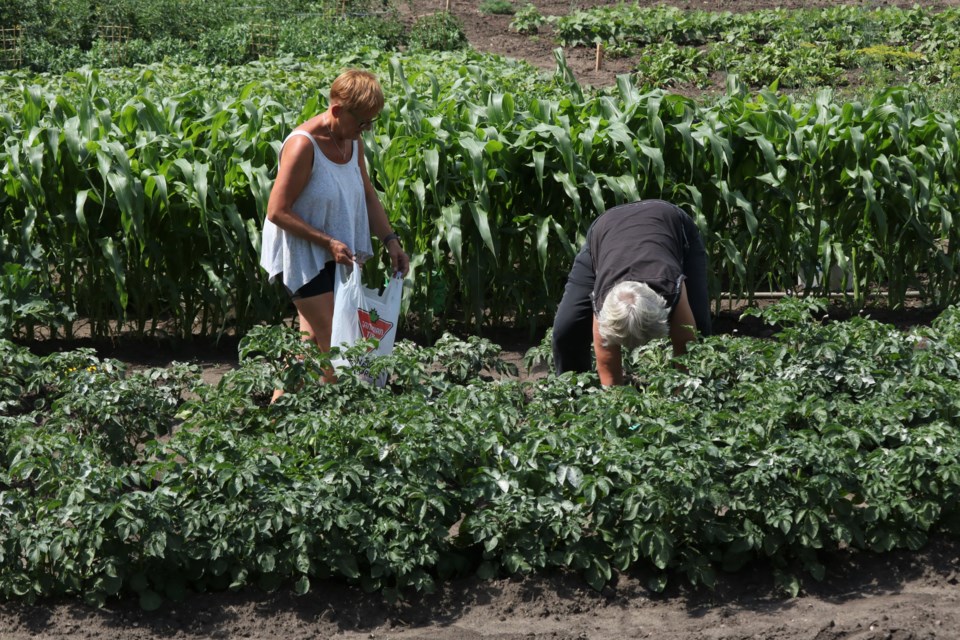YORKTON - Wikipedia has this definition for a noxious weed: “A noxious weed, harmful weed or injurious weed is a weed that has been designated by an agricultural or other governing authority as a plant that is injurious to agricultural or horticultural crops, natural habitats or ecosystems, or humans or livestock.”
The Oxford dictionary defines “noxious” as “harmful, poisonous or very unpleasant.” We sometimes say that we have ‘noxious’ plants in our gardens but that is usually an incorrect use of the word; quite often what we mean is “aggressive” or “invasive”.
Someone recently was asking about campanula, bell flower. There are over 500 cousins in this family, and many are known and loved for their bell-shaped flowers. For example, campanula glomerata, clustered bellflower, has a cluster of deep purple flowers at the end of the stem. It is easy to grow, attracts bees, hummingbirds and butterflies, and has those lovely flowers that are great for cut flowers. It likes full sun or part shade and is not fussy about soil. You can even use it in containers! In rich soil it can spread easily, a positive in some gardening situations, like a corner of the garden where nothing really does well. A plant such as this might be just the answer. Is it noxious? No.
This campanula is not to be confused with creeping bellflower which has purple flowers, yes, but they are all facing downwards like hanging bells. Not the same campanula cousin! It’s important to correctly identify your plant first to deal with it properly.
If a plant begins to be too happy about spreading the joy, yes, there is a solution. Dig it out. This might involve some vigilance and attentive digging for a while, possibly over more than one season, but it can certainly be brought under control. In instances where the roots have intertwined with another plant, you may be able to dig the other plant out, extricate the offending roots, then replace the original plant back. If this is not possible, digging out whatever roots you can, and keeping at it, will reduce the problem.
In cases where a large area is taken over by a certain aggressive plant, you might need to consider a herbicide. Amino acid inhibitors are applied to the leaves and are absorbed into the plant, where they stop the plant from amino acid production and the plants dies. In most gardens, if you have been attentive and watching your plants and see that one of them is taking over, you will likely not reach the situation calling for this kind of action. And remember, if you decide to apply a chemical, it doesn’t mean you have to wildly spray every plant in sight. You may even carefully apply the solution to the offending plant with a paintbrush, much safer for your other plants that are close by. As with all things, read and follow the label directions, and never do any kind of application on a windy day.
And one last point, a very obvious one, is to learn about the plant you are planting before you plant it, if it is new to you. As we have chatted about many times, ask questions ahead of time and know if you are choosing the right plant (or shrub or tree) for the right place.
Aggressive growing habits in plants are not always a bad thing, depending on where you are planting them. I once saw the perfect example of this with goutweed, planted in a long narrow bed between a sidewalk and a driveway. It filled a problem area, stayed contained, and looked great! Lily of the valley also spreads very easily, but it is also easy to dig out, as is some types of campanulas.
Visit the Hort society at ; thank you YTW, have a great week!





